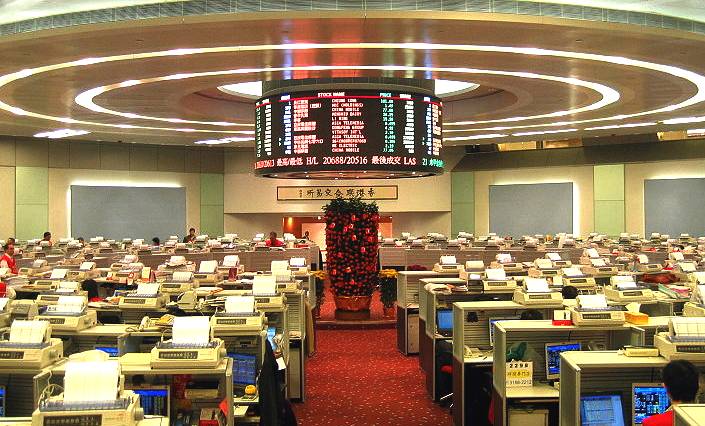|
CHINA POWER INT. DEV.
AUTOMOTIVE A - Z CLIMATE CHANGE CONTACT E.CARS EVENTS GROWTH A - Z HOME PLEASE USE OUR A TO Z INDEX TO NAVIGATE THIS SITE
|
|||||||||||||||||||||||||||||||||||||||||||||||||||||||
|
China Power International Development (SEHK: 2380) was incorporated in Hong Kong in 1994. The State owned PRC parent company CPI Group also has the initials "CPI" but in the case of the parent company the "I" stands for "Investment" (投资) not "International" (国际).
NUCLEAR
DEBATE
Tim Webb
- Published at 12:01AM, June 7 2012
http://www.thetimes.co.uk/tto/business/industries/utilities/article3437865.ece
A
SUSTAINABLE FUTURE Never
mind the politics, people need a place to live, food and energy.
Imagine a world where there is abundant energy for transport, the home
and our factories, and that energy does not harm our environment.
Imagine that the world economy is stable and that the
population is
under the threshold where the planet can meet our needs. Isn't that a
wonderful vision? That
ideal may not be totally within our grasp. But we can at least strive
for clean energy for living, which is technologically within sight.
RENEWABLE
ELECTRICITY Solar
power from
micro generation is now a growing industry as many Youtube videos are
demonstrating. As these conversions and new builds gain in popularity
electric vehicles will also gain favour, especially for households
generating excess energy, which they could get better value from by
using for transport. Electricity used in this way might reduce transport
costs
by up to 200%. So provide a higher quality of life with lesser
environmental damage. If
buying an EV, it would make
sense to have the latest future proof technology, such as battery
cartridge exchange built into the vehicle, for self servicing, or
exchanges at local stores or cooperatives. This technology exists but
has not yet been incorporated in production
vehicles. When
EVs become available with cartridge
refueling, it would make sense to have in place at least a few
service stations to cater for eventual demand. The technology would thus
be in place when it is needed. Such a move when it is implemented will
greatly reduce carbon
dioxide build up in the atmosphere and ease the transition from oil
based economies to abundant clean energy. THE
CHICKEN AND EGG SITUATION If
there were service forecourts to cater for battery cartridge exchange,
that might in turn persuade motor manufacturers to produce vehicles with
the system. This is a classic chicken
and egg situation. Who should do what first. Given
the scale of the problem, it might be prudent for every corporation
involved in the industry to at least investigate the potential that any
emerging technology might offer for the future on mankind,
which is after all the future of their company and eventual profits for
their shareholders.
Clean energy from wind generation
ENERGY GENERATING-DISTRIBUTION UTILITIES
TOP ELECTRICITY POWER COMPANIES A - Z
According to Power-Technology.com, a website that provides market and customer insights in this sector, they listed these power companies (according to the 2018 Forbes calculation of net market capitalization, assets, sales and profit) as the biggest utilities:
KEPCO Korean Electric Power Corporation National Electric Grid & Central Electricity Authority (India) National Energy Board (Canada) National
Grid plc (formerly Central Electricity
Generating Board UK) State Grid Corporation of China TEPCO Tokyo Electric Power Company
LINKS and REFERENCES
Contacts
SMARTGRID - Service stations that use standard energy cartridges with (smart) compatibility built in for universal rapid charging of cars, buses and trucks - one size fits all.
|
|||||||||||||||||||||||||||||||||||||||||||||||||||||||
|
This
website
is Copyright © 1999 & 2020 Electrick Publications.
The blue bird
|


